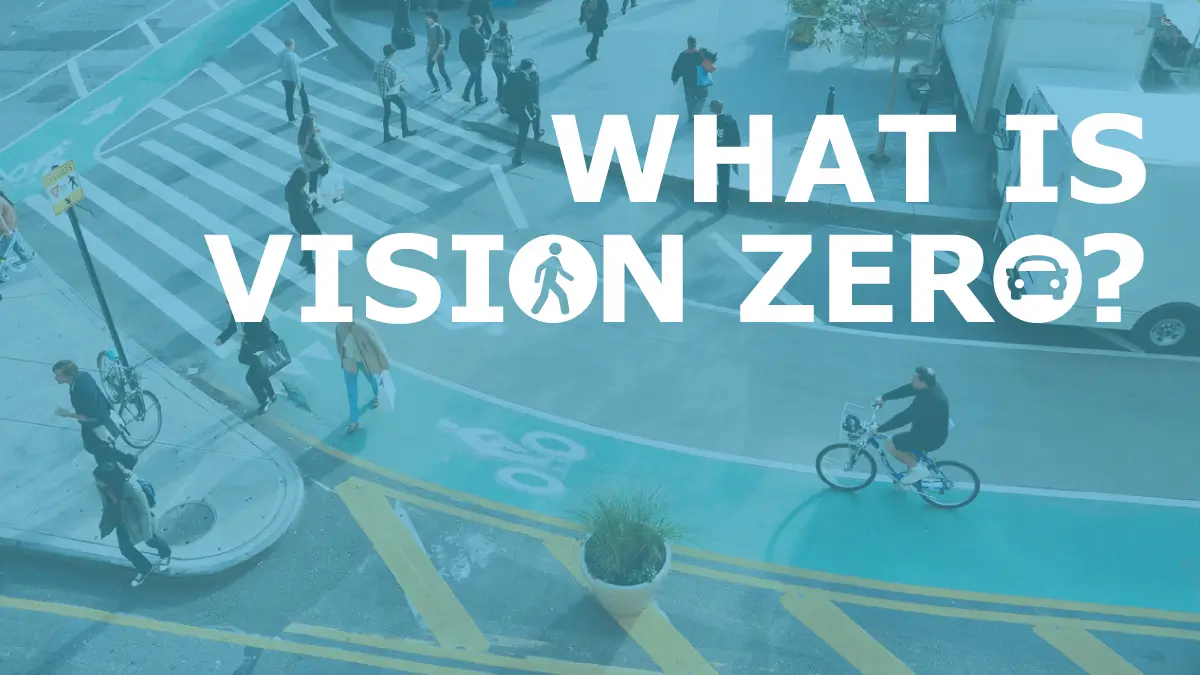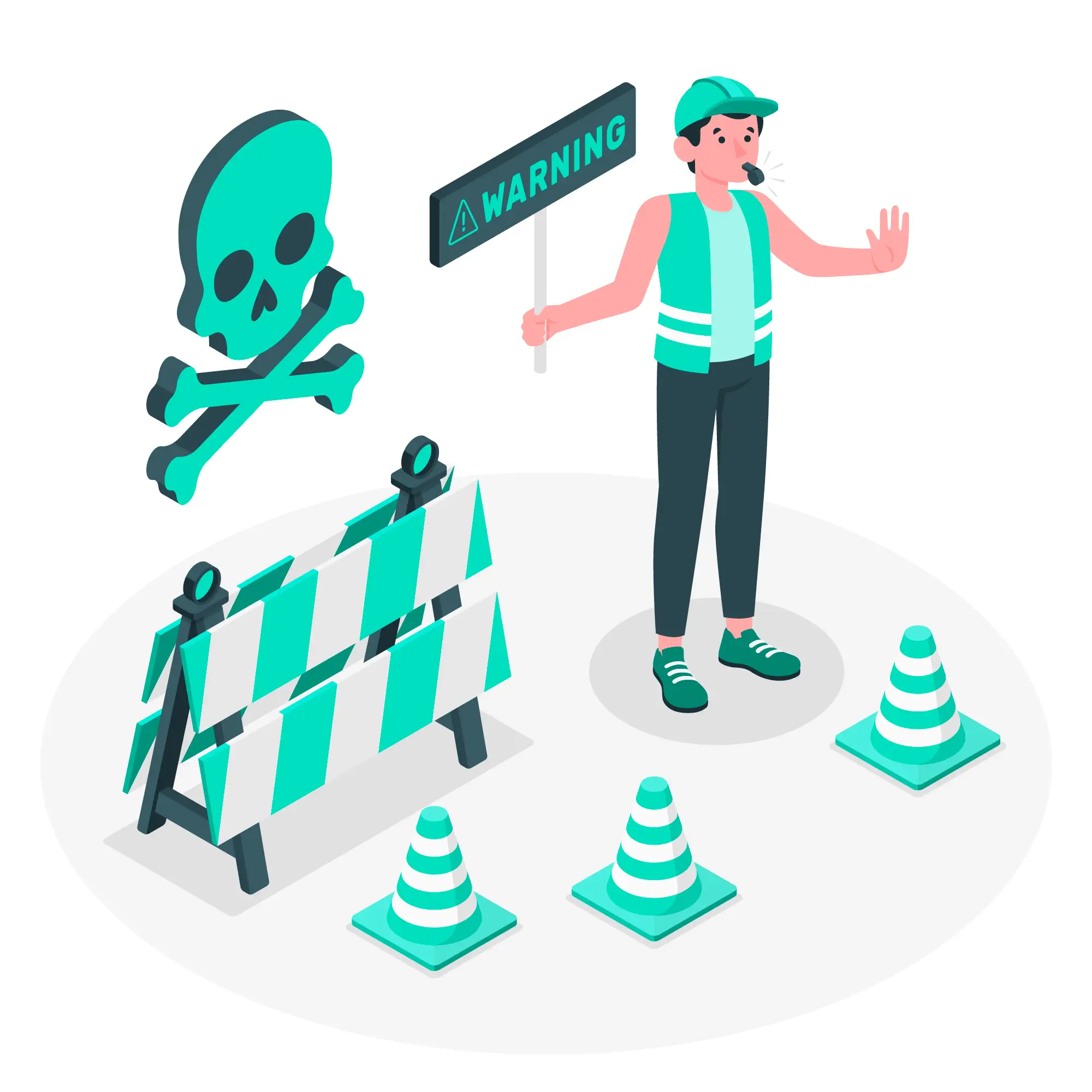Vision Zero is an international campaign that seeks to eradicate traffic death and serious injuries. Its mission is the conviction that road traffic fatalities and serious injuries are avoidable. This grand goal is centered on the improvement of roads safety, road user behaviors and the physical road environment.
Engineering, education, and enforcement are some of the measures that Vision Zero comes up with, that an error should not cost lives. It engages the processes of system transformation and requires political, industrial, and social sustainability from governments, industries, and communities.
The Pillars of Vision Zero
At the heart of Vision Zero lies a strong framework consisting of four key pillars. Right to safer roads, right to safer speeds, right to safer vehicles, and right to safer road users. These elements combine to build an overall management approach toward road safety, and even if one failed, the other will minimize the fatalities.
Being based on the enhancement of road infrastructure, the development of safety technologies in vehicles, and the change of drivers’ behavior, Vision Zero targets several root causes of traffic deaths. Of the many areas that can benefit from improved safety, road construction and structural design are prime examples.
Another key strategy that forms part of Vision Zero is designing roads in such a way that the roads themselves prevent road accidents. This includes issues as infrastructure including pedestrian friendly facilities, sufficient sidewalk space, well lit cross sections among others. Roundabouts and protected bike lanes are safer for the traffic and also the traffic flow helps in preventing accidents. Further, spending on road works to avoid a factor such as potholes or sharp bends can greatly reduce crash incidences.
Safer Speeds and Speed Limits
Restriction on the velocity of movement, in fact, is one of the key principles of traffic safety. Slower velocities eliminate the probability of crashes and lessen the impact of crash injuries. Vision Zero involves reducing the allowed speed on roads as well as putting emphasis on specific areas such as; near schools, parks, as well as residential areas. The target is to produce conditions in which individuals and their vehicles can move or bike or drive without the risk of a fast-speed crash.
Safer Vehicles and Technology
Over the past few years, vehicle safety technology has recorded a major milestone when it comes to eradicating the Tender for a road accident. Vision Zero is behind the mainstream use of driver assistance technologies like AEB, LDW and BSW. These tools improve the working awareness of the driver and help to avoid an accident, especially when recklessness would be the order of the day.
Safer Road Users: Education and Awareness
The other component of Vision Zero is behavioral modification. This also incorporates enlightenment campaigns on effects of drunk driving, texting while driving and overspeeding. Community education activities are aimed at enhancing the driving culture so that people change their attitude towards the road and the outcomes of risky actions. Support from organizations, company’s workshops and local schools also play important roles in creating lasting changes.
Realistic And Achievable Vision Zero Goals
The successes of Vision Zero mainly depend on the fact that set goals should be measurable and realistic. Goals should be set on lives lost and major injuries prevented in the long run, by setting achievable and measurable objectives for performance measurement.
Through short-term, medium-term, and long-term goals, cities and countries can also verify that improvement is being made and fine-tune their approach. These are listed as Specific, Measurable, Achievable, Relevant and Time-bound.
Targets, therefore, should not be mere concepts but should meet the SMART set of criteria to avoid being mere targets on paper. This means that they should be clear enough to target specific safety concerns, quantifiable in order to check on the level of completion, realistic to the available resources, germane to the context of the area in consideration and specific in terms of time of expected completion. For example, a target may be to cut the number of deaths of pedestrians by a third over the course of five years.
Strategies that Are Specific to a Particular Area
However, not all areas suffer the same threats. Some areas for instance the urban areas they may be prone to pedestrian accidents than areas like rural where they are likely to experience the effects of drunken driving.
Having specific goals for different areas of concern is helpful because it means that the interventions will be optimal. Vision Zero entails taking efforts to identify as many causes of accidents as possible and respond to them differently.
Funding and Investment: The Public and Private Sectors
The Vision Zero must be financed to the tune of billions to include spending on infrastructure as well as education. Road safety should be funded by governments, but the participation of the private sector is also necessary.
Collaboration with the car makers, software developers and insurance companies can assist to finance new technologies in safety feature innovation. Government and business partnerships are important in promoting the use of intelligent transportation systems and other high-quality road networks around the globe.
Implementing Vision Zero: A Step-by-Step Guide
Vision Zero means that the action plan has to be aimed at providing a range of measures that can be implemented on the policy level as well as on the level of engagement with the community and regular assessment. Below is a step-by-step guide to bringing Vision Zero to life:
Step 1: Evaluate Existing Road Hazards
The first intervention of Vision Zero is the identification of the current traffic safety challenges. This includes examination of crash records to establish areas with high crash frequencies, and to pinpoint probable crash factors. Local authorities may engage the help of traffic safety specialists to ascertain where the problems are most likely to be worst.
Step 2: Policies that Empowers the Safety Environment
After the problem areas have been identified, the next process is to formulate policies that may alleviate those problems. This can include making traffic rules even more rigid, establishing new speed limits or simply punishing dangerous activities such as texting while on the wheel. This means that evidence based policies can be formulated for the most frequent causes of accidents within the region.
Step 3: Fund Road Development and Technology
Improvement of roads is an important component of Vision Zero. This involves the laying of speed humps, building of better crossings, and the use of intelligent traffic signals for managing traffic. Moreover, the installation of vehicle to infrastructure communication systems could also enhance the circulation of vehicles on the roads and can minimize the occurrence of mishaps.
Step 4: Inform the general public and the stakeholders
Thus, for Vision Zero to be implemented it has to enjoy the support of the community and other stakeholders. This process has to involve the public so that they can know the need to adhere to Vision Zero and observe the recommended safety standards. This can be done through creating awareness, conducting small scale campaigns, local training and participating with schools and companies.
Step 5: Monitor, Evaluate, and Adjust
The final aspect of Vision Zero strategies is to then evaluate whether those policies are effective or not. The proper assessment by means of data gathering and performance markers make it possible for authorities to observe the effectiveness of safety changes. Since some of the strategies may not yield the results required, such strategies can be withdrawn or substituted with better solutions.
Hazards and Obstacles to Vision Zero
Despite the strong commitment to Vision Zero, several barriers can potentially slow down it’s implementation. Such are political: political resistance, absence of funding; social: social factors which preclude a change in people’s behaviour. These issues cannot be eliminated without a firm leadership, effective cooperation of public and business sectors, and the public’s support. To avoid making vision Zero a mere possibility, the following is important to address the hurdles noted above.

The Global Impact of Vision Zero: A Global Call for Action
Despite the fact that Vision Zero was initially launched on the national level in Sweden, its popularity has grown worldwide, with many countries and cities joining the programme. The exchange of experience and outcomes allows Vision Zero being successfully implemented and transferred in various settings, starting with developed countries and ending with emerging ones. Such countries as USA, Netherlands, Australia have noticed positive changes associated with the application of Vision Zero principles, as traffic deaths declined in the regions where these measures are implemented in full.
Lets Wrap Up!
Using Vision Zero is a revolutionary approach to road safety that needs to be implemented. If we value human life more than the comfort that fast driving and reckless actions bring we can make our communities safer for all individuals. These changes, along with others through engineering improvements, policy reforms, and communities, make Vision Zero more than a mere goal; Vision Zero is the change that when properly enacted will free the future of traffic fatalities.

